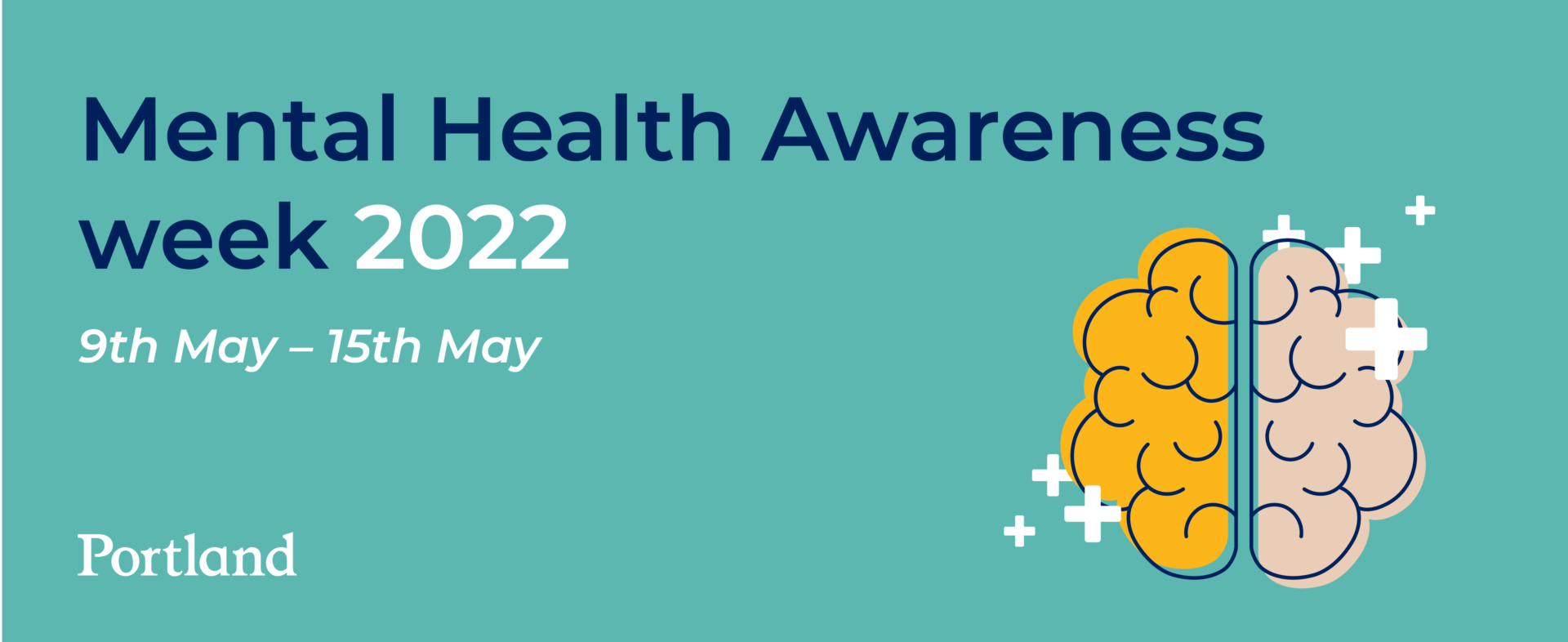This week is UK Mental Health Awareness Week and this year’s theme tackles the subject of loneliness.
It’s something which sadly is becoming ever more prevalent, and it has had a huge impact on people’s mental and physical wellbeing, especially during the pandemic.
With many people working from home, often by themselves and feeling separated or distanced from their colleagues, it’s an issue that employers must consider, especially as many people are still remote working and not coming into the office.
Employers also face the challenge of managing transformation and change, while engaging with a workforce who are entirely based remotely or have little or no access to traditional communications channels, such as those working on the front line or in factories.
So how do you engage with a workforce who are remote based or where you have an HQ/remote split?
In my previous role at Marks and Spencer we used a multitude of channels to engage over 90,000 people, most of who were based on the shop floor. While we had the traditional intranet and email channels, we used Teams to reach retail colleagues who could interact on news articles on their own mobile devices. This made them feel less ‘us vs them’ when it came to employee engagement and gave everyone the feeling that it was a level playing field.
The role of line managers is also critical in engaging remote working employees. They are usually the conduit from which information flows, so supporting them with toolkits or briefing materials to engage their people is a great idea. This worked really well when I was at EDF and having to engage with a large and mobile workforce who didn’t have access to email or the intranet.
Internal social media tools such as Yammer or Workplace are also great ways to build and maintain a sense of community. Interactive social channels can help to create dialogue, giving people a way to express their own thoughts and feelings – much as we do in our personal lives on other social tools. Giving people the chance to have their say is also crucial in tracking sentiment within an organisation – and you’re less reliant on annual or pulse surveys. BT has implemented Workplace brilliantly and connects a global workforce, really building that sense of community and belonging.
Using video is another great way to engage people – and it doesn’t have to be expensive. Less produced and polished content can feel more authentic and ‘real’. You can also encourage employees to share their own videos (with some guidance) so they get to tell their stories. At M&S we used video in a number of ways, a highlight for me was getting the Digital leadership team to create a TikTok style clip to promote their annual conference.
Even though you may have a split workforce, bringing them together from time to time is also a brilliant idea. It gives people a chance to meet people they’ve never met and to build stronger bonds with their colleagues. Even if you do this in smaller groups, it’s a great way for people to get to know each other.
At Portland we work in a hybrid model, and there are some great initiatives to make people feel like they want to come into the office, such as Pizza Mondays or our Afternoon Tea: In Conversation with… sessions where we hear from some truly inspirational speakers. These experiences help to build the team bond and community feel, and also make people want to come into the office.
Ultimately there’s no silver bullet solution, you have to use a variety of methods to make sure everyone feels part of your organisation. If you’re not sure, you can always ask them; a communications audit can help you to understand the best ways to engage your workforce and ensure that they feel listened to and part of the community.

